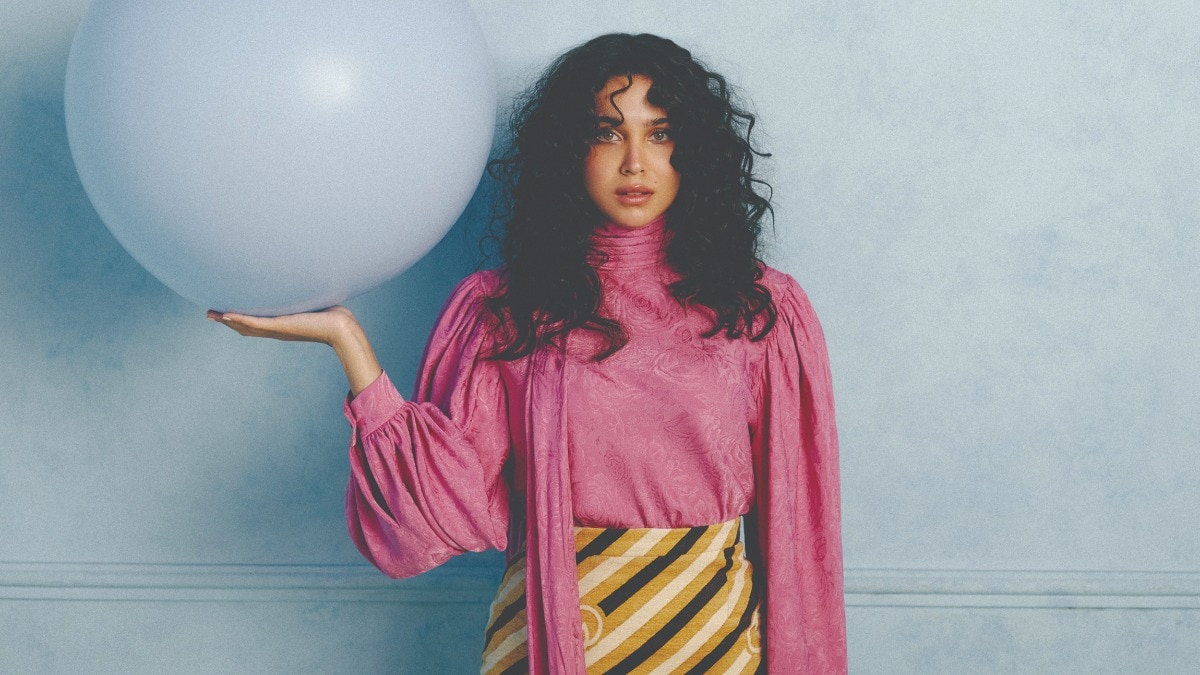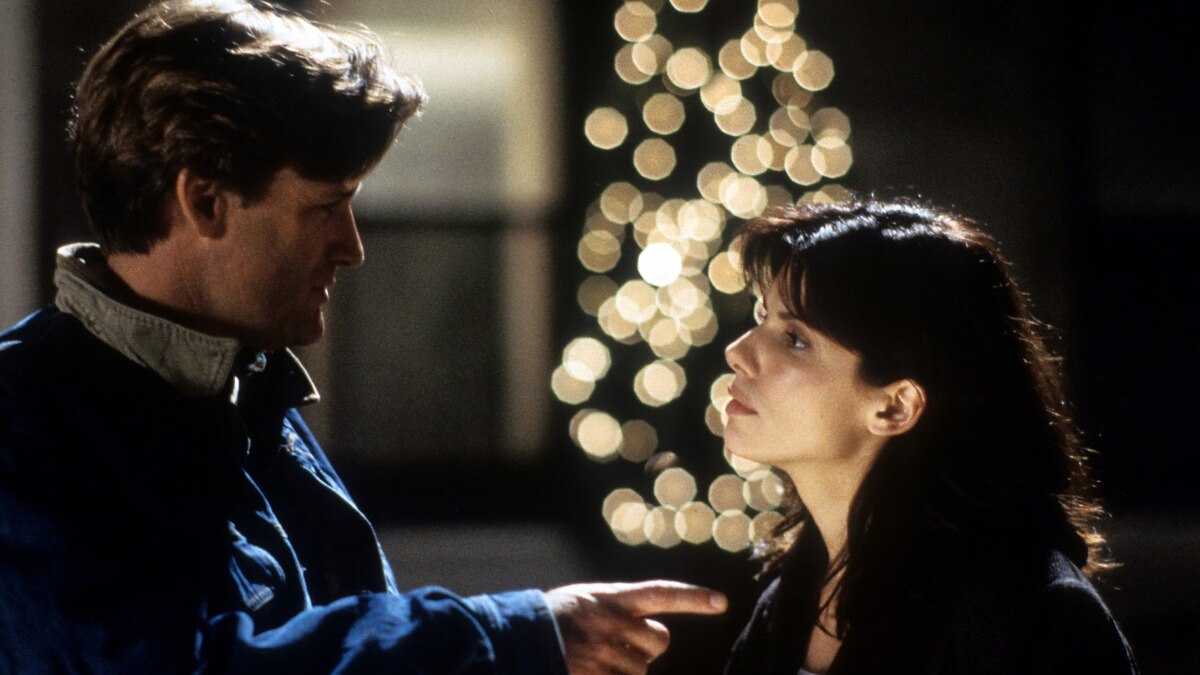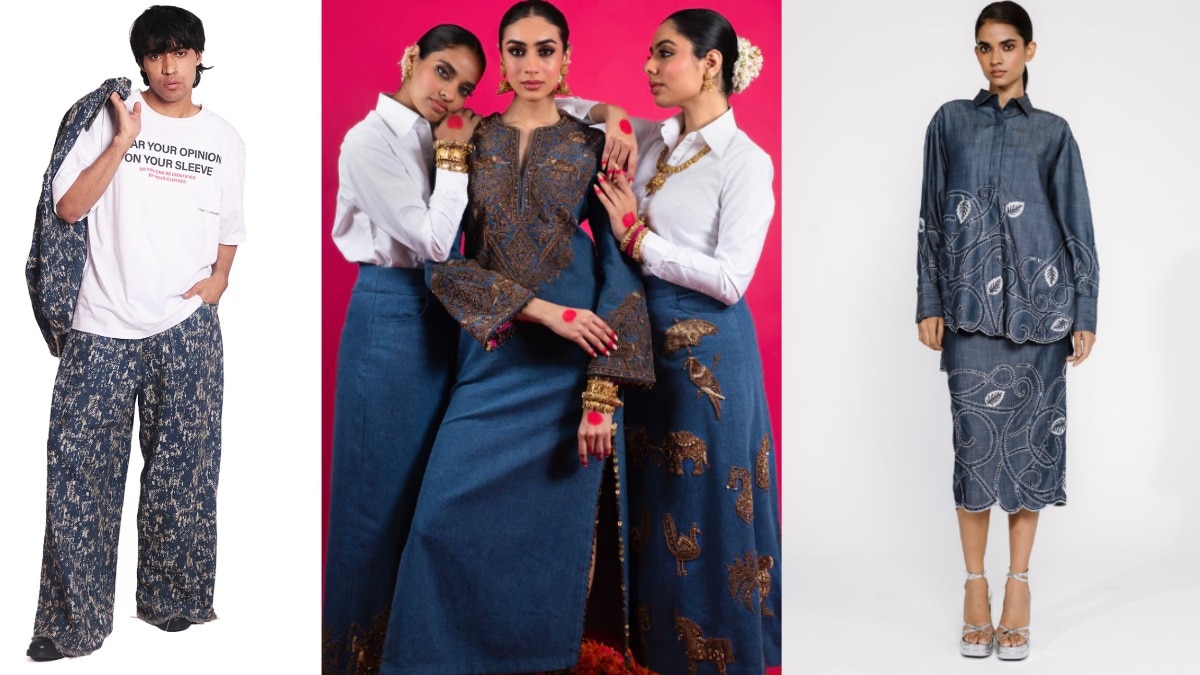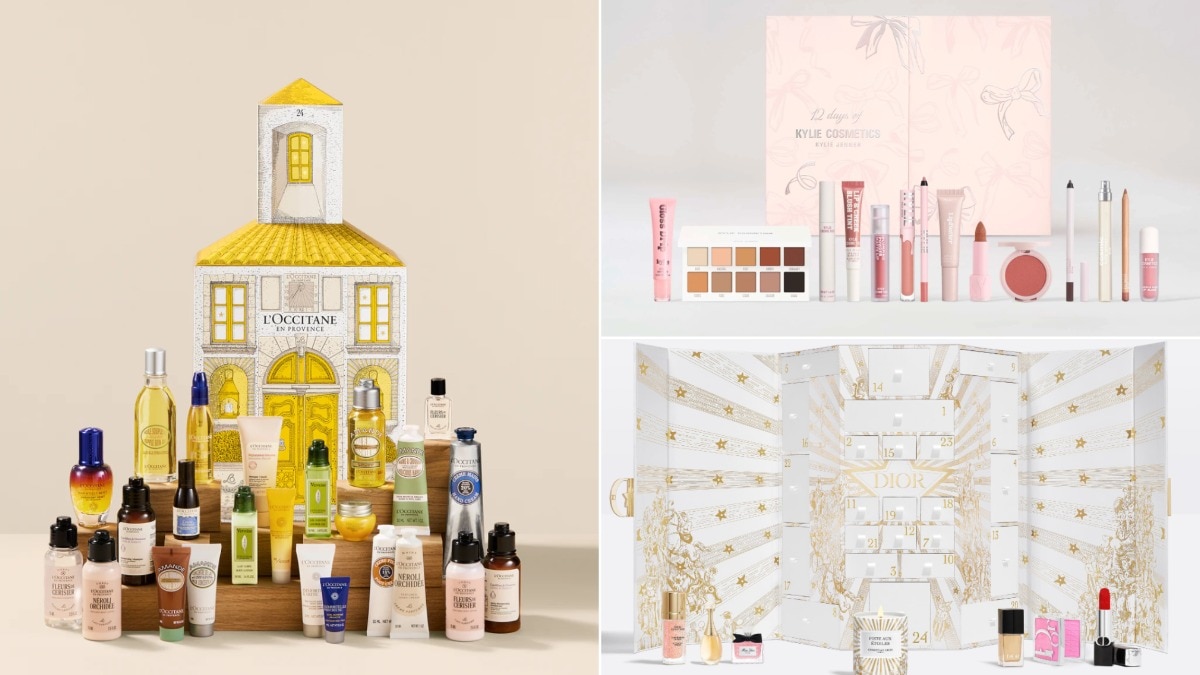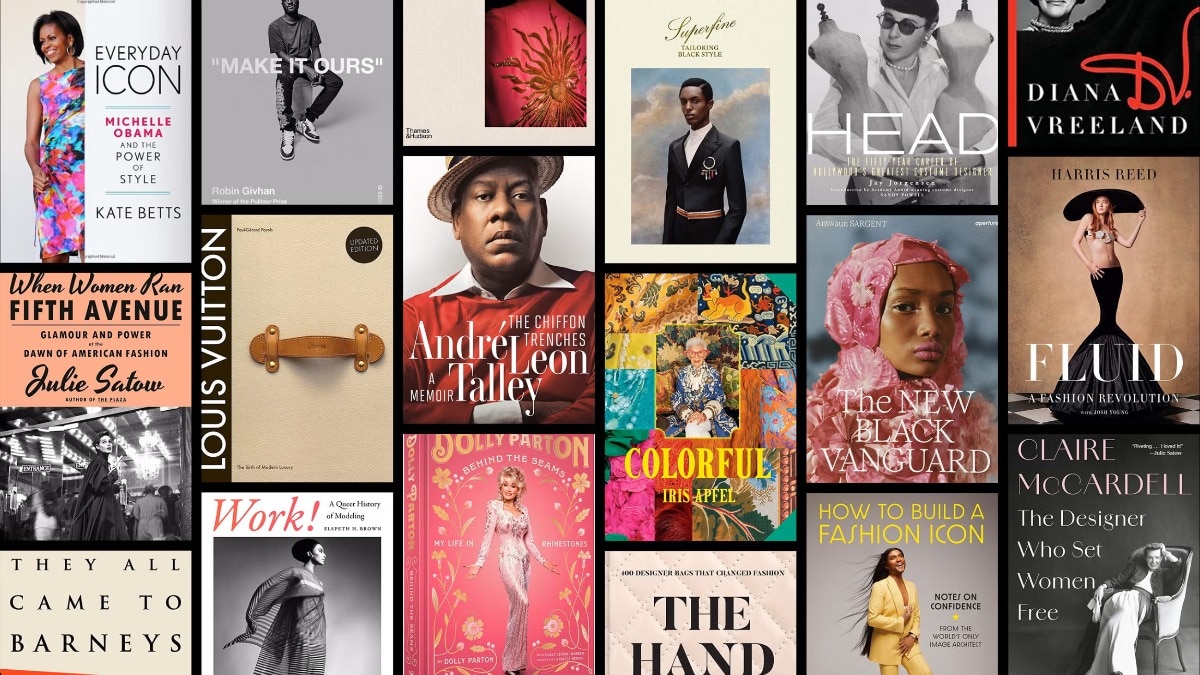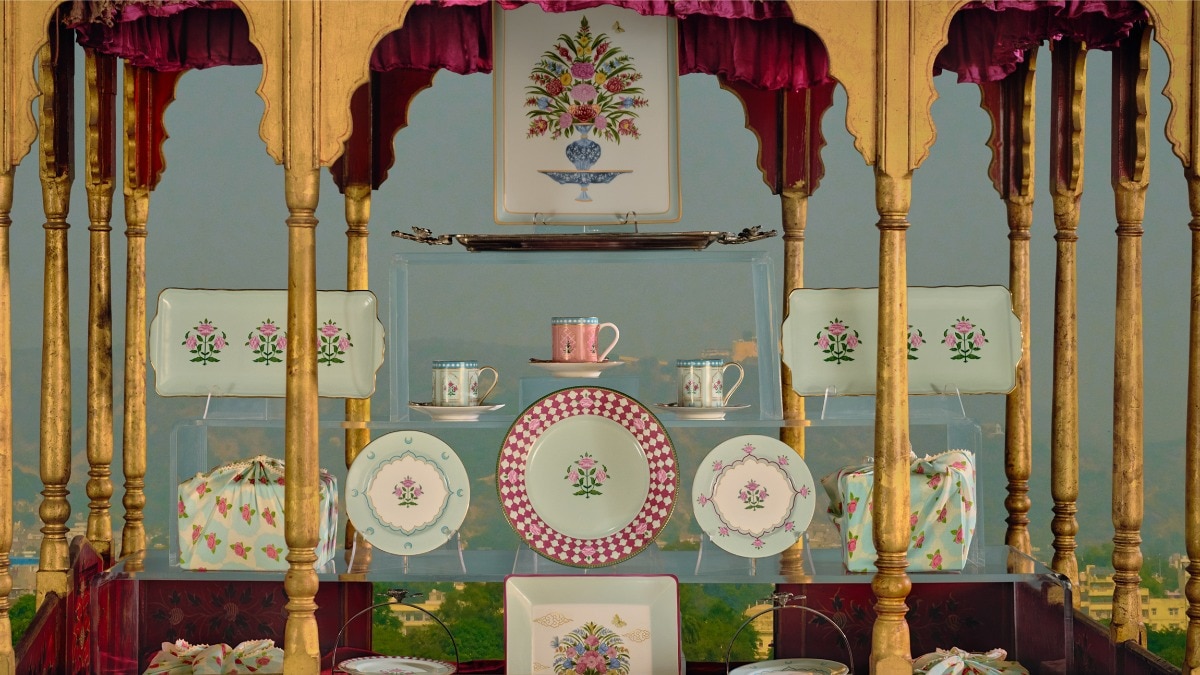
Mrunal Thakur on a dream that is Kashmir and living it through her work
The actor talks about visiting and shooting in the state, her biggest takeaways from each visit, and why one should experience the beauty of the mountains at least once in their life.


Having shot amidst the picturesque mountains for a movie (Sita Ramam), as well as a music video (Aise Na Chhoro Mujhe), Mrunal Thakur, a 'travel addict', shares a close bond with Kashmir and is one who needs no occasion to experience its beauty. She recently got to indulge in the culture and art once again, having been roped in by Lenskart from their latest collection—Gulmarg—which also features actor Ishwak Singh and captures the essence of everything you'd expect from this magical region.
The actor, in an exclusive interview with Bazaar India, talks about the Gulmarg collection, shooting for the first time in Kashmir, her first trip to the mountains, seeing snowfall for the very first time, and much more.
Harper’s Bazaar India: The campaign ad looks nothing short of a dream. It must have been a lot of fun to shoot?
Mrunal Thakur: Kashmir is a dream. And we are all aware of how pretty and intricate the karigari from Kashmir is. That is what is reflected in the collection, which is rooted and ethnic. I had a great time shooting with Ishwak, who is an incredibly talented artist. The glasses, which have some really stunning designs on the frames, truly define the culture and the collection. Right from the outfits to the entire vibe of the shoot, the collection was a dream and something that resonated with me.
HB: What about the collection do you think makes it more than just eyewear?
MT: The Gulmarg Collection transcends the typical definition of eyewear through its unique fusion of art, culture, and craftsmanship. Each piece in this collection is a canvas that tells a story, drawing inspiration from the intricate pinjras of Kashmir. It's not just about functionality; it's a wearable celebration of tradition and modernity. The meticulously carved temples and the delicate geometric patterns on the rims add a touch of artistic flair, making each frame a statement piece. Lenskart has succeeded in creating more than just eyewear; the Gulmarg Collection is an embodiment of the rich heritage of Kashmir and a testament to the brand's commitment to elevating eyewear to a form of wearable art. In the Gulmarg Collection, your eyes become a canvas that reflects your appreciation for art, craftsmanship, and cultural heritage. It's not just eyewear; it's a statement, a conversation starter, and a piece of art that you wear with pride.

HB: Your film Sita Ramam had a host of scenes shot in Kashmir. What do you remember the most from there?
MT: It was the first time I shot in Kashmir. It was breathtaking. We always hear of the magic of Kashmir, but to be there and witness the magic. I have such fond memories of playing in the snow, and having snow fights with my co-actors and team. To capture the raw beauty of Kashmir through a lens and see it play out on the screen was absolutely surreal to watch.
HB: The shoot of your music video Aise Na Chhoro Mujhe, saw you and Guru Randhawa indulge in a snow fight. Are you the happiest when you visit the places you love going to, in this case Kashmir?
MT: I am a travel addict. Although nowadays I don’t get a chance to travel for leisure much because all my travel is for work. But I try to capture the places in my memory and make mental notes of places I absolutely want to go back to with my family, and my friends. I’m truly the happiest in places I adore and look forward to with a fish of excitement to see new places or even revisit places where I have had great memories, in this case Kashmir. I cannot wait to go back and explore the many places of Kashmir in my leisure time.
HB: In cinema, locations have the ability to be characters in themselves. Does a place like Kashmir that is so picturesque lend itself to cinema?
MT: Of course it does. Our cinema is so representative of visuals, like when you think of romance you think of picturesque towns and snow-capped mountain. So yes, every location itself is a painting that lends itself to the story. Like the falling of leaves can be romantic, the rain can denote a sense of romance or sadness. So where something is shot, by itself, becomes an intergral part of the story.
HB: When was the first time you visited Kashmir? And what did you learn from that trip?
MT: The first time I went to Kashmir I was in 7th standard in school and I went with my parents. I visited Gulmarg and saw the tulip gardens, which was a mesmerising experience. The next time I went for the shoot for a song with Guru Randhawa and finally most recently with Sita Ramam. It truly is a 'heaven on earth'. It’s a must for everyone’s bucket list. That song Yeh Haseen Waadiyan, Yeh Khula Aasman, truly embodies that place. I visited the apple orchards I remember as a kid insisting my father buy them in bulk because I was obsessed with eating apples as a kid.

HB: Seeing and doing something for the first time is always special. Tell us about the time when you saw snowfall for the first time during your trip to Sonmarg?
MT: It was so stunning. When it started snowing, it was in Sonmarg. I became a kid, I was dancing and literally singing as it snowed. I started to capture videos of the moment and made snow angels. The first time I saw snow was during Guru's video, but the first time I witnessed snowfall was during Sita Ramam. I remember it was chilly and I was waiting in the car and Dulquer was giving a shot and it started snowing. I’m blessed to be an actor because I get to travel and witness such moments.
HB: Considering how much you love travelling, what’s your 5-point guide to someone who’s never been to Kashmir?
MT: First, you have to go to tulip gardens. Most importantly, please carry warmers, especially if you are from a tropical place. Keep your feet, chest, and ears covered. Third is do not miss the shopping, it’s one of the biggest highlights. Fourth, the food. Try all the delicacies because their food is incredible. Buy dry fruits from there. And don’t just go there only for a couple of days; you need a proper two-three weeks to really see the beauty of Kashmir. And trust me, it’s one of the most beautiful places you will ever visit.

